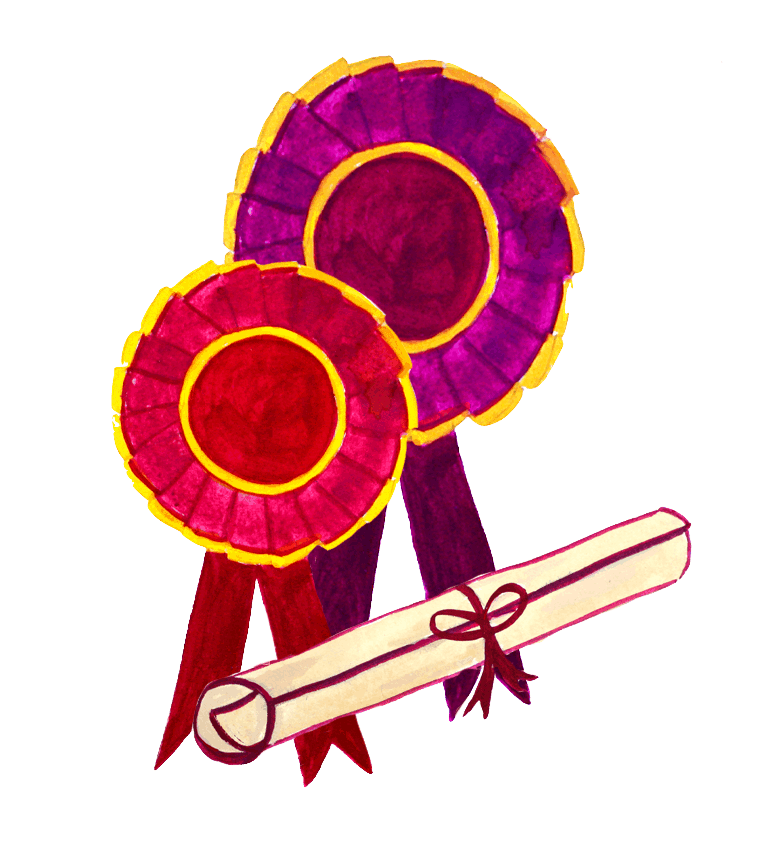Essay argumentation requires references. With renowned libraries and online databases, the breadth of research options available to U of T students is astounding, leaving few excuses for students to justify a poorly-supported argument. Yet the question must be posed: if job applications require references as well, why do the same rules not apply? Why are our options to reference extra-curricular involvement limited to letters and phone numbers? In contrast to excuses for a poor essay, U of T students have every right and excuse to argue that the current means for referencing extra-curriculars is sub-par. If students are using well-established international journals to support their essays, they’re using the equivalent of an obscure blog to support their resumes.
Acknowledging this void, the university has finally proposed a plausible solution, the Co-Curricular Record (CCR). Will the CCR be successful? Searching through records, attending town hall meetings, and cross-comparing the proposed CCR with those of other institutions, the answer is not clear. It depends upon key questions resting about the final details.
The CCR is intended to provide a “validated record of engagement” to students who engage in active, skill-building clubs and university associations. In addition to providing a formal transcript for students, the CCR will include a database of activities that can be searched and will provide the university with feedback on the types of organizations students join as well as skills students are acquiring. The CCR should aim to achieve several goals: to promote the connection between student engagement and skills; to allow students to market their experiences and skills to employers and graduate/professional programs; and to improve the accessibility of activities. Will the CCR accomplish this mission? Or is there another, better way to fulfill similar goals?
The CCR is not a new concept. In fact, it has been implemented at several institutions across Canada: the University of Manitoba, Dalhousie University, Seneca College, University of Ottawa, Carleton University, and Concordia University. Each has experienced varying levels of success but common features include an online application to submit activities, the student responsibility to find a validator for an activity, and a “skill bank” allowing each student to customize the appearance of their experience on a final transcript. The University of Ottawa has chosen to adapt the CCR with a focus on volunteering, making eligibility for a CCR contingent on 20 hours of volunteer experience.
However, contrary to arguments in support of the existing CCR structure, there are several concerns that must be resolved for a successful CCR design. The benefits of participating in a student organization do not result from what I term “resumé-culture.” Quantity does not equal quality. Tracking student participation on a formal transcript endorses the collection of activities like AirMiles points, particularly if the skill list assigned to an activity is not personalized. Ideally, a supervising professor or student leader will be able to add personalized comments to an activity on the student’s request.
First-year students will be not be accommodated within the existing design. First-year is a time for discovery; most first-year students do not take on meaningful leadership roles in student organizations. They dabble in four or five clubs, attend workshops and seminars and, by the end of the year, may settle into one or two clubs of passionate interest. The CCR only reflects year-long engagements, discouraging the discovery process for first-years, understandably eager to begin developing a CCR portfolio. Beyond first-year, students may feel the pressure to remain committed to a student organization for the duration of a full year or may hesitate before becoming involved in clubs at the half-year mark. The solution? Allow students to include less formal activities, indicate a level of involvement and the duration of the activity, ‘informal’ or ‘formal,’ and the skills they believe they acquired from the activity.
To make the CCR effective, we must also confront validator and club bias. Who decides which club provides ‘valuable’ learning experiences? How will students receive credit for participating in a club without a clear faculty leader? Is it possible that unconventional clubs or athletic organizations will not be recognized as valid activities? Carleton University has created an interesting list of criteria, requiring a five-hour commitment, the accountability of the activity to a recognized student association or campus group, and the requirement that a student takes on a leadership role. Finding a validator may prove to be a challenge to many students; any CCR design must take this into consideration.
If it can address student concerns, the CCR has the potential to add a new dimension to applications to professional and graduate programs as well as for jobs. A CCR is a valuable complement to an academic transcript, can offer a search tool for students seeking involvement opportunities, and will provide an authentic, valuable, and useful document to students. Confronting potential concerns would give the CCR a high chance of success. Ultimately, however, it is up to those implementing the program to ensure that the CCR will solve the age-old problem of encouraging meaningful student involvement.
Stephanie Gaglione is a TrackOne engineering student at U of T and is the first-year representative on the Engineering Society Board of Directors. The views expressed here are her own.


